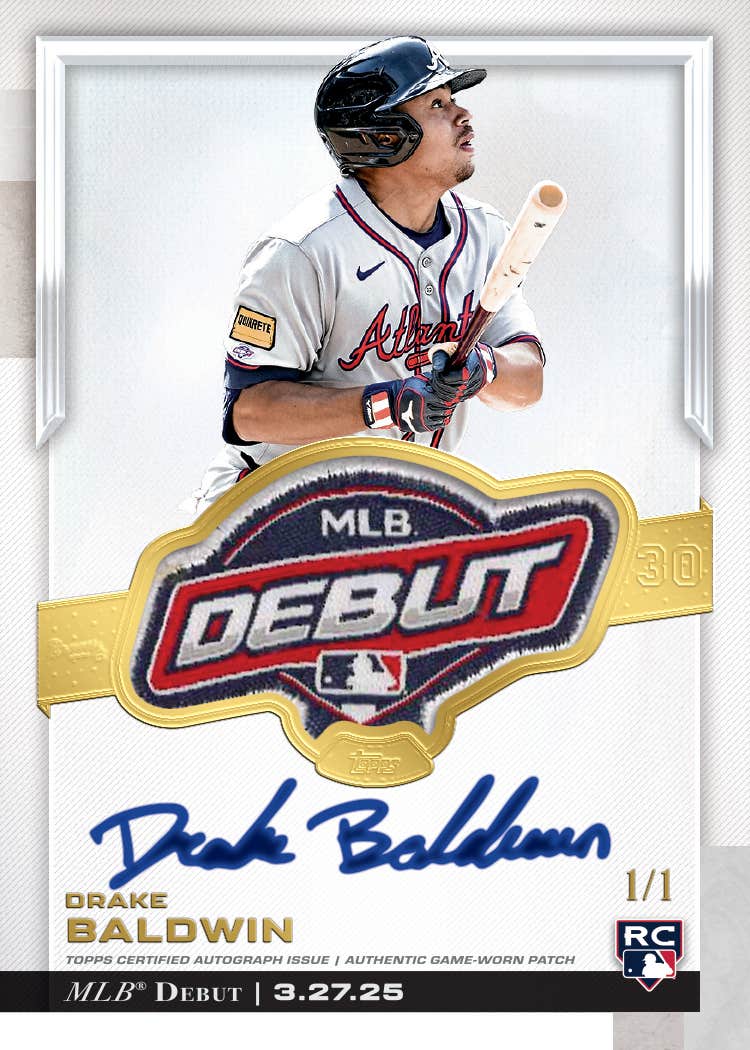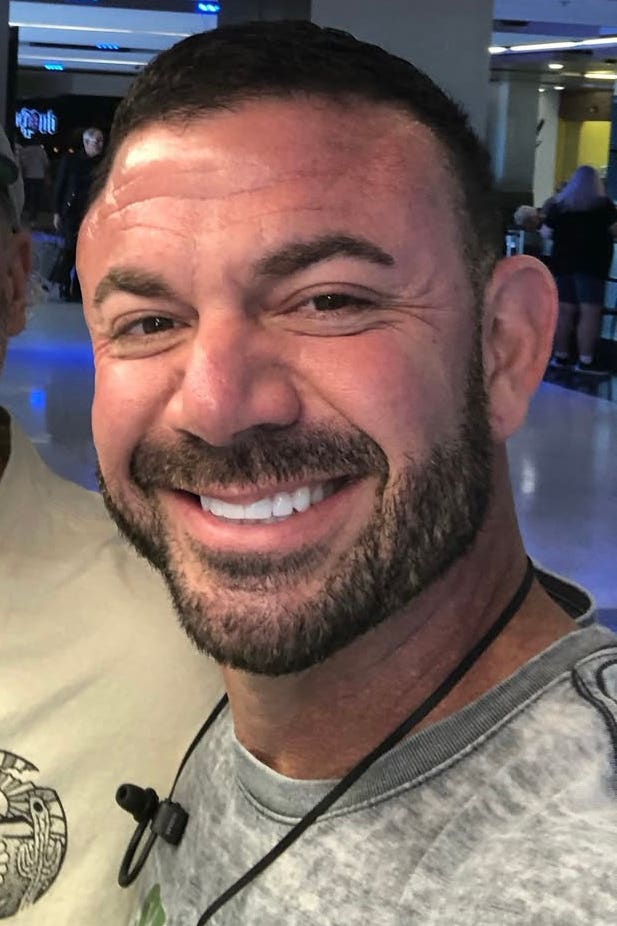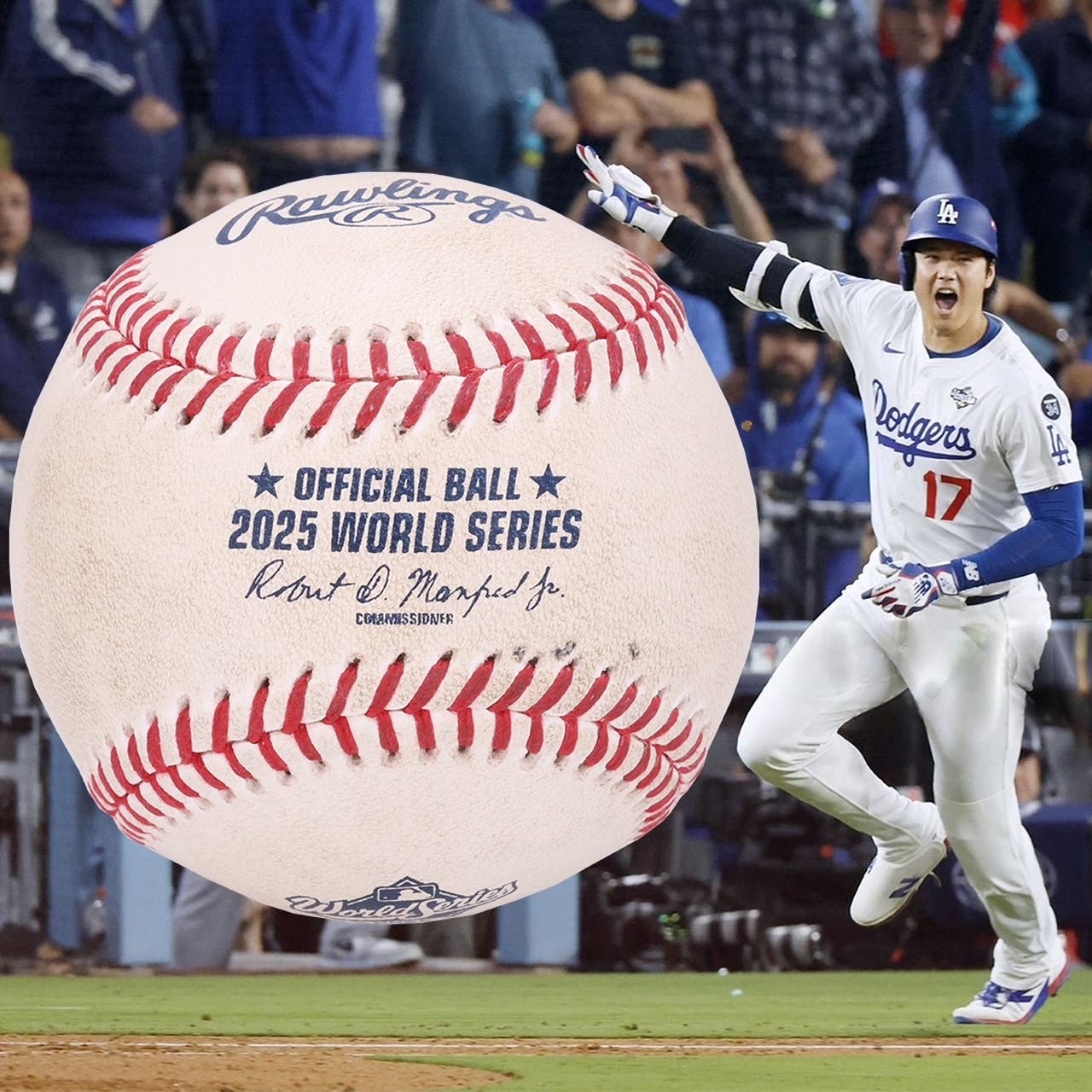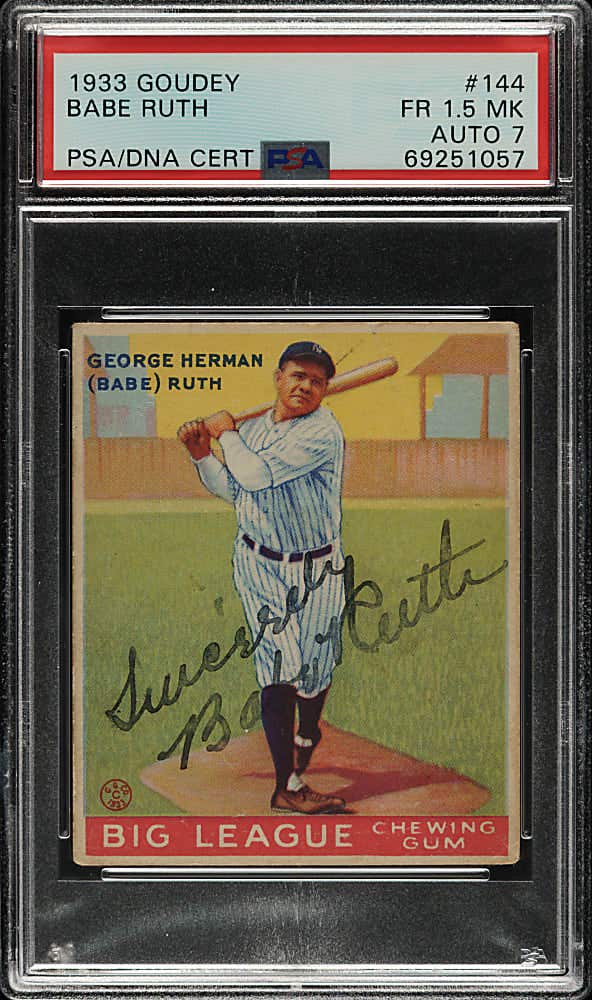Ty Cobb
Signature Study: Ty Cobb
“The greatness of Ty Cobb was something to be seen and to see him was to remember him forever.”
– George Sisler, member of the
Baseball Hall of Fame
By Ron Keurajian
The fabled history that is the Detroit Tigers is one rich in tradition and lore. The Tigers have produced some of the greatest players in the history of the game. From Wahoo Sam Crawford to Harry Heilmann to Mickey Cochrane to Al Kaline, the list goes on and on. Though the Tigers can boast many great players, one man stands out above the rest. His name is Tyrus Raymond Cobb. With a .367 lifetime batting average, 12 batting crowns, 1,962 RBIs and 4,191 hits, Cobb is considered the greatest baseball player in history. When he retired in 1928, he held the record for holding records. In 1936, he became the first player inducted into the National Baseball Hall of Fame. Today, the period from 1905-20 is often referred to as the Cobbian era in his honor.
The following is a study of Cobb’s signature and signing habits.
Cobb signed in a very aggressive and powerful hand. His signature evidences strong flow. No hesitation of hand can be found. The signature is generally legible with sound letter construction. Cobb’s signature has above average display value. Cobb’s signature changed throughout decades. Early signatures, those accomplished before 1920, are signed in a faster hand. The signature tends to exhibit rapid strokes and looser letter construction. These early signatures tend to exhibit a certain waviness. Signatures accomplished in the 1920s and 1930s are signed in a precise hand. Cobb signatures from this time have strong construction and superior eye appeal. Some of the finest Cobb signatures were signed during this period.
During the 1940s and 1950s, Cobb was inundated with autograph requests. More modern signatures are still legible but are signed in a slightly more reckless hand. The length exhibited in earlier signatures is replaced with a signature shorter in length and increased height. Cobb’s signature remained sound for just about his entire life.
Material signed only months before his death still exhibit good flow. Cobb’s signature on
his last will, dated May 22, 1961, evidences only trivial hesitation. Cobb did sign a few signatures in the closing days of his life. Autograph requests were limited to Emory Hospital personnel. These signatures, what few that exist, do evidence shakiness of hand. Death bed signatures rarely, if ever, enter the market.
It should be noted that Cobb had two variant ways of signing his signature. Most signatures are accomplished with a letter “T” where the top is separated from the stem. These are commonly referred to as the mushroom capped letter “T.” On occasion Cobb would sign the letter “T” all in one stroke. It displays itself as the number “2.” He used this variation throughout his life, though more liberally in his early days.
Cobb’s signing habits are well documented. Cobb was a willing and gracious signer throughout his entire life. The supply of genuine material is great. His signature is one of the more common Hall of Fame autographs. Cobb’s signature can be found on most mediums, including index cards, photographs, government postcards, gum cards, baseballs and countless letters and bank checks. The Cobb family released thousands of bank checks into the market. If someone made a donation to the Cobb Educational Foundation, the donor would receive a bank check as a gift. Cobb’s daughter, Beverly, told me that she handed out thousands of bank checks to collectors and donors.
Cobb was probably the most prolific letter writer of all Hall of Famers. There are literally hundreds of autographed letters signed in the market, many with stunning content. Many baseball content letters can be found where Cobb is decrying modern baseball as a perversion of the game he once knew. Cobb-signed letters are far more common than most of the modern Hall of Famers.
Cobb-signed balls also exist in quantities, though many forgeries do exist. Most single-signed baseballs in the market were penned in the 1950s. Single-signed balls from Cobb’s days as a player are somewhat scarce and are typically found in impaired condition. Signed team baseballs are generally limited to post-1920 teams. There are a couple of 1920 Tigers signed team baseballs in the market. These are highly treasured, as they are signed by Hall of Famers Cobb, Harry Heilmann and Hugh Jennings, whose signature is quite rare.
A pair of forgeries
Cobb forgeries exist in quantities. I estimate that 90 percent of all Cobb signatures offered in the market are forgeries. Countless forgeries – and even facsimiles – have been wrongly certified as genuine by the major authentication companies so caution is warranted. There are two forgeries that need to be discussed.
Cobb’s ill-gotten reputation as a madman can be traced to writer Al Stump. Cobb was, and still remains, one of the biggest names in American history. So when an elderly Cobb chose the relatively unknown author Al Stump to write his biography, you would think Stump would have been appreciative. Instead, once Cobb died, Stump stuck a knife in his back and wrote a biography that was basically gibberish fiction and made Cobb out to be a lunatic. Future authors picked up on Stump’s work, and Cobb’s reputation as the meanest man in the history of the game became widely accepted as fact. It is, of course, nonsense.
Stump used his relationship with Cobb to perpetrate one of the biggest frauds in the field of autographs, baseball or otherwise. After Cobb died, Stump got a hold of countless sheets of Cobb’s personal letterhead. Years later, typed Cobb letters addressed to Stump – with amazing baseball content – entered the marketplace.
Letters discussing Shoeless Joe Jackson, Babe Ruth, Honus Wagner, the Black Sox and the like surfaced in quantities. A crude Cobb signature was affixed to the letters, most likely by Stump himself. Dr. William R. Cobb discussed these letters at length in his award-winning article titled “The Georgia Peach: Stumped by the Storyteller.” It was published in the 2010 edition of The National Pastime by the Society for American Baseball Research (SABR).
Cobb wrote: “. . . On cursory inspection, they (the letters) appear authentic, since they are typed on apparently genuine Ty Cobb letterhead . . . Ultimately these letters were sold into the market and then were discredited as forgeries by numerous authenticators . . . They were first offered to Mike Gutierrez, a prominent authenticator, who authenticated them as genuine and then sold them directly and at auction to trusting buyers . . .”
The forged Stump/Cobb letters contain such an amateurish forgery that it is surprising that they were accepted as genuine by anyone. Fortunately, the forgeries are so poor they are identified with little examination. These letters still surface every now and then, so caution is warranted.
A relatively new forgery has surfaced in the past few years, and it needs to be discussed. Several years ago a photo taken of Detroit Tigers second baseman, George “Hack” Simmons by famed photographer Charles Conlon was reproduced in a sports book. The book incorrectly identified the image as that of Ty Cobb. Future publications reprinted the image and perpetuated the mistaken identity. Over the years, Simmons became Cobb. Years later, forgers, believing the Simmons photo was that of Cobb, use it to produce many forged photographs. Of course, Cobb would never sign a photograph of Simmons. It was a publishing mistake that tripped up the forgers. The authenticators exacerbated the problem by erroneously pronouncing them as genuine. I have illustrated the Simmons photo in question. If you see this photo “signed” by Cobb, and many exist, it should be avoided as a forgery.
The prices
Though the supply of Cobb-signed material is great, it is nothing when compared to demand. Cobb, along with Babe Ruth, is the most treasured of all baseball signatures. Demand pushes prices ever higher. Back in the early 1980s, Cobb signatures were selling for $10-$20. Today, his signature is valued at $750-$1,000. Photos (8-by-10 inches) generally sell for $2,000-$3,000. Superior specimens can sell for more than $10,000. Hall of Fame plaque postcards are somewhat scarce, so expect to pay $2,500-$3,000 for a nice example. ALSs, with routine content, are valued at $1,500-$2,000. Letters with exceptional baseball content are valued at more than $10,000. Signed T206 tobacco cards are very rare and will likely sell for $20,000-$25,000.
A single-signed baseball of fair and average disposition is worth $5,000-$7,500. A museum grade single-signed baseball can reach auction prices of more than $50,000.
A couple of Cobb’s Major League contracts exist. These are an extreme rarity. I estimate an open market price of $125,000-$150,000. Bank checks exist in mass quantities and can be purchased for a mere $1,000.
Final thoughts
Toward the end of his life, Ty Cobb would lock horns with mortality and his place in the world as he saw it. By late 1960, the old Tigers war horse was dying. With his typical tenacity, Cobb fought the spread of cancer, but on July 15, 1961, death finally struck the Georgia Peach out. He was 74 years old.
On that date the boy from a sleepy little town in rural Georgia slipped into history. Legend became immortality that endures for the ages; after all, he was the greatest there ever t’was. Cobb’s signature is a treasured memento of the game of yesteryear that he represented so well.
Ron Keurajian is a long-time contributor to SCD. He is the author of the new book Baseball Hall of Fame Autographs, A Reference Guide (McFarland Publishing 2012).








